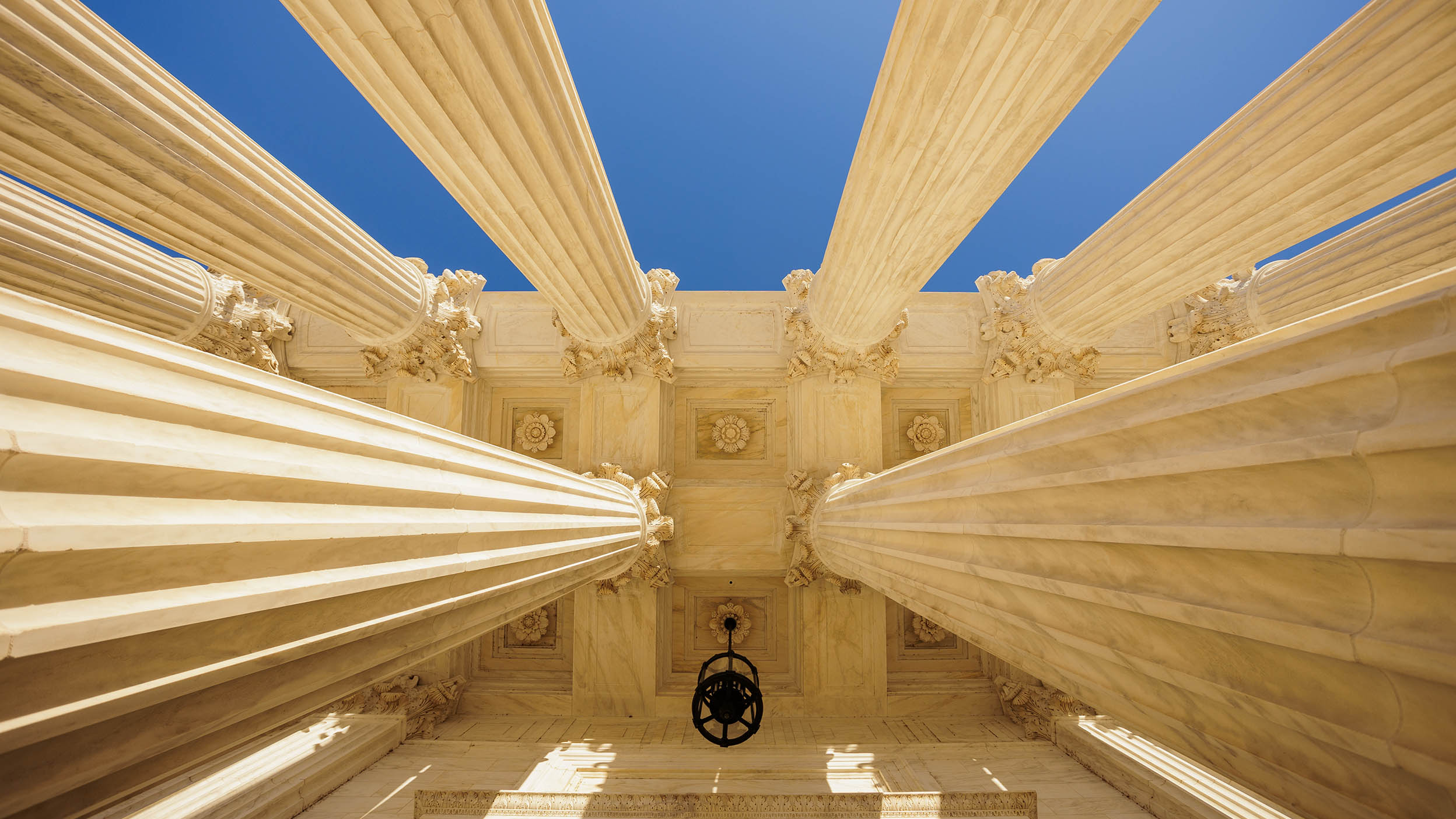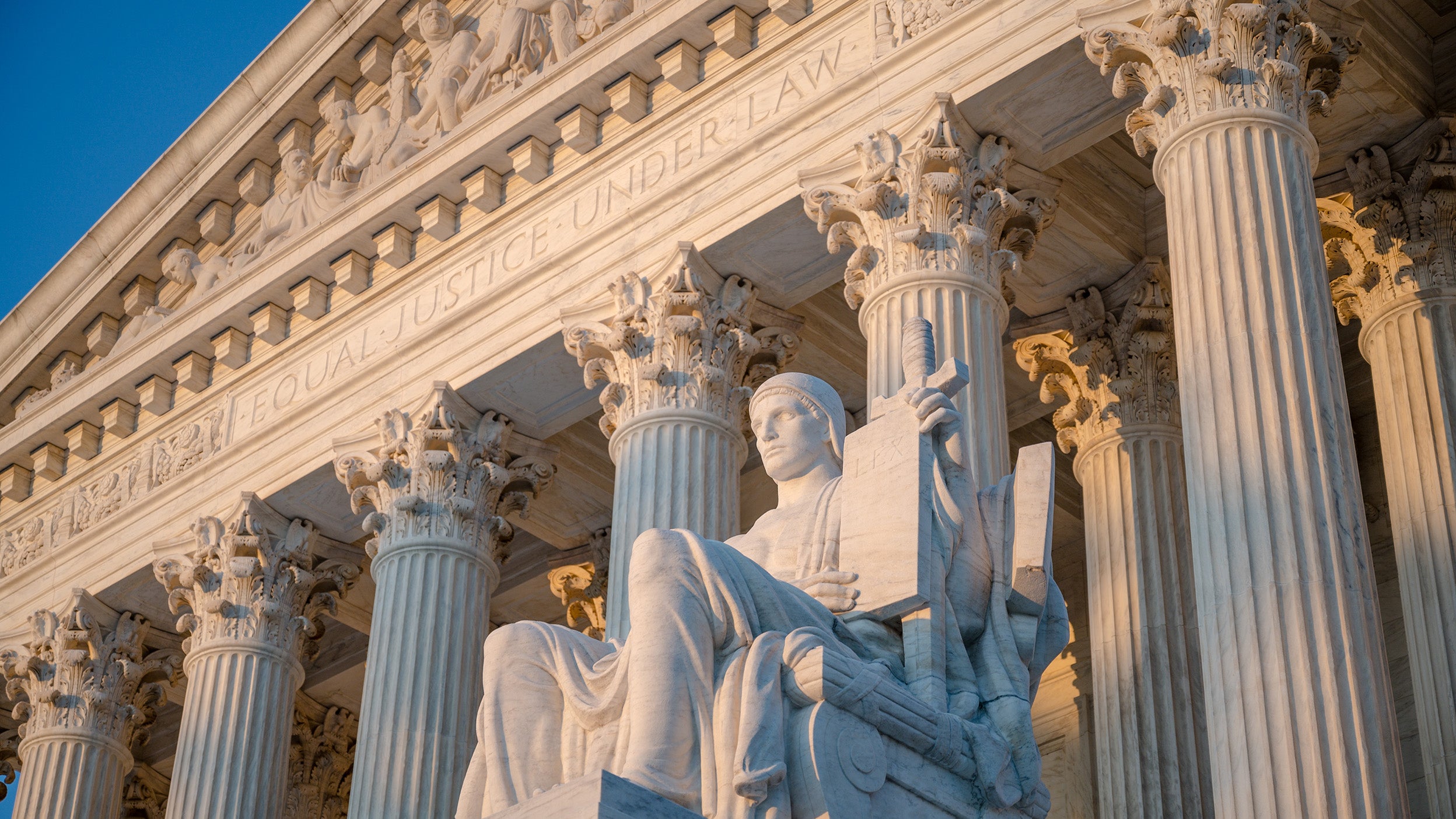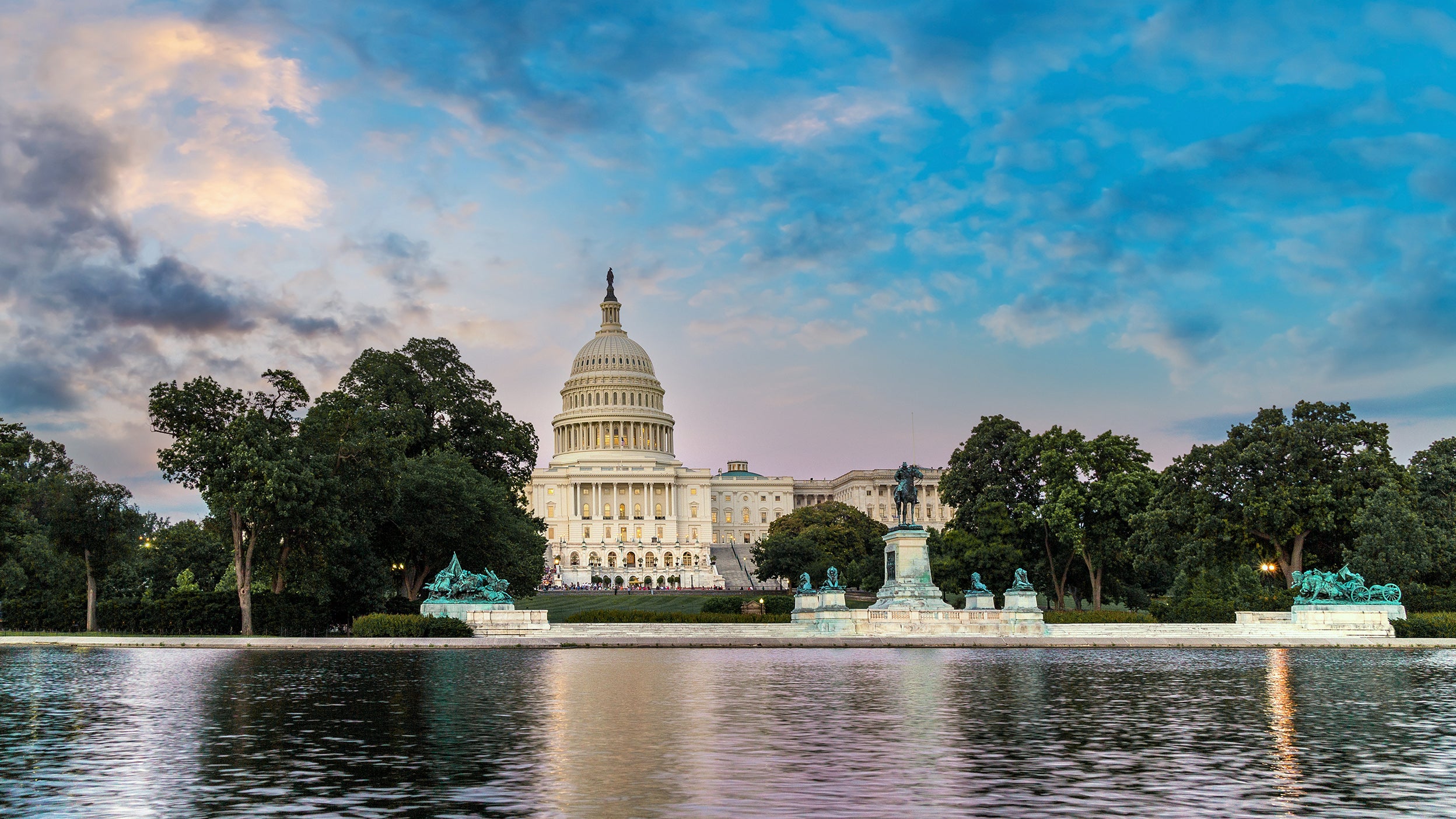100+ lawsuits in 100 days as Trump tests the constitutional order
One-hundred days into the whirlwind that is Trump 47, and already there have been more sweeping changes than we’ve seen during many four-year presidential terms. These actions have resulted in over 100 lawsuits already. Some are the type of suits that arise every time there is a change in partisan control of the White House. Others are a result of President Trump’s intention to test the constitutional order.
“Business as usual” lawsuits
Some of the litigation is the “business as usual” variety — every time control of the White House flips, you can expect a deluge of executive orders and actions that benefit certain interest groups and hurt others. The groups that are negatively impacted by these actions tend to do what American often do when they have a complaint … they sue.
Litigation emanating from executive orders on transgender rights, DEI mandates, and immigration/deportation fall into this “business as usual” bucket. This is not a judgement on the validity or merit of the claims; it is simply the kind of litigation that should be expected from shifts in policy that result from a change in control of the White House.
Constitutional challenges
This is not to say that all the Trump-related lawsuits are “business as usual.” Trump intends to reshape the federal government to a degree unseen since FDR. To do this, he has taken several actions predicated on his expansive view of the authority of the executive.
Certain actions may infringe on the powers that the Constitution reserves for Congress, like the power of the purse. For example, Trump appears intent on refashioning the federal civilian workforce, and much of the recommendations for restructuring and downsizing have been driven by the newly established Department of Government Efficiency (DOGE). Already, thousands of bureaucrats have received pink slips. Others have opted for early retirement packages.
Trump is also committed to asserting his authority over independent regulatory agencies. The White House will now subject independent agency actions to the same cost-benefit review previously reserved for Cabinet agencies. He has expanded on the Biden precedent of firing political leadership of certain independent agencies without cause. All this begs the question: does the Constitution give the president the power to do all of this?
The Constitution vesting clause states that “(t)he executive Power shall be vested in a President of the United States of America.” Article II also enumerates a handful of specific powers and duties. Ever since 1789, every administration has treated the few enumerated powers as inclusive rather than exclusive. Since the founding, the federal government has grown and regulates almost every aspect of our economy and society. Does the president’s authority extend over this entire domain? If you ask Trump, the answer is a resounding “yes.”
The “unitary executive” theory
Trump is not alone in his expansive view of presidential power. Proponents of what is called the “unitary executive” theory believe that the Constitution’s vesting clause is dispositive, and that the president has pervasive authority over the federal bureaucracy, including decisions to hire and fire the political leadership of agencies. As two leading unitary executive proponents describe it, the “Constitution gives presidents the power to control their subordinates by vesting all of the executive power in one, and only one, person: the president of the United States.” Unitary executive advocates contend that the removal of both constitutional “officers” and “inferior officers” is part and parcel of the president’s duty to see to the execution of the law.
Legal challenges to independent agencies
Independent agencies are hybrid organizations charged with much more than executing the law. They also do things that are more legislative (rulemaking) and judicial (administrative proceedings) in nature. These are the agencies over which the administration has asserted its authority, setting up a legal challenge.
Currently, the Supreme Court has two long-standing precedents: Myers v. United States (1926) and Humphrey’s Executor v. United States (1935). The Myers court upheld President Wilson’s firing of an official in the Post Office Department (which was then a Cabinet department). Humphrey’s Executor involved FDR’s dismissal of a Republican member of the Federal Trade Commission (FTC) purely on policy grounds. The case qualified Myers by limiting the president’s authority to dismiss an officer of an independent regulatory agency without cause.
In recent weeks, the Trump administration has taken actions that will set up a challenge of Humphrey’s Executor, including the removal of Democratic FTC Commissioners. Earlier this month, in Harris v. Bessent, the DC Circuit reinstated two other Democrat members of regulatory agencies that Trump had fired without cause. This action will almost certainly result in the Supreme Court revisiting Humphrey’s Executor, and many Court-watchers believe that the majority is just waiting for the opportunity to overturn the 1935 decision. Justices Thomas and Alito have already made it clear that they would overturn this decision.
Likely, the Trump administration will be on shakier legal grounds in cases that encroach upon congressional power — be it the power of the purse or the power to create (or dismantle) federal agencies (e.g., the US Department of Education). For instance, the administration’s views on the constitutionality of the Congressional Budget Control and Impoundment Act of 1974, which was created to prevent the president from unilaterally withholding funds that Congress has appropriated, has never been widely shared in the legal community. However, the Impoundment Act does not create a private right of action, so any test of the Trump administration’s position would have to come from an orchestrated lawsuit initiated by the Comptroller General on behalf of Congress.
Conclusion
Over 100 lawsuits before we closed out the first 100 days. While some of these lawsuits are to be expected, it is undeniable that this administration is seeking to redefine the powers of the presidency in a manner that continues the consolidation of executive authority within the White House. Ultimately, however, these significant constitutional questions will reach the highest court in the land, where the Supreme Court will be the final arbiter on the authorities afforded to the executive branch versus the legislative branch.






